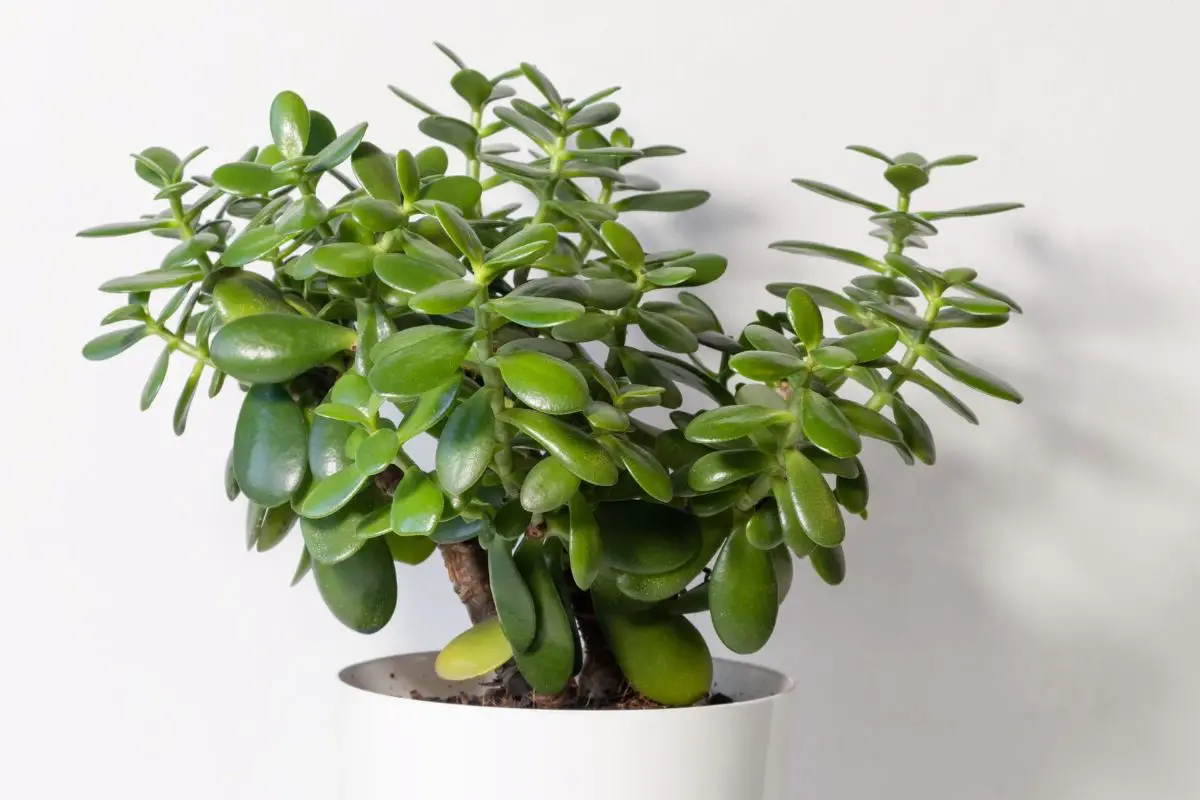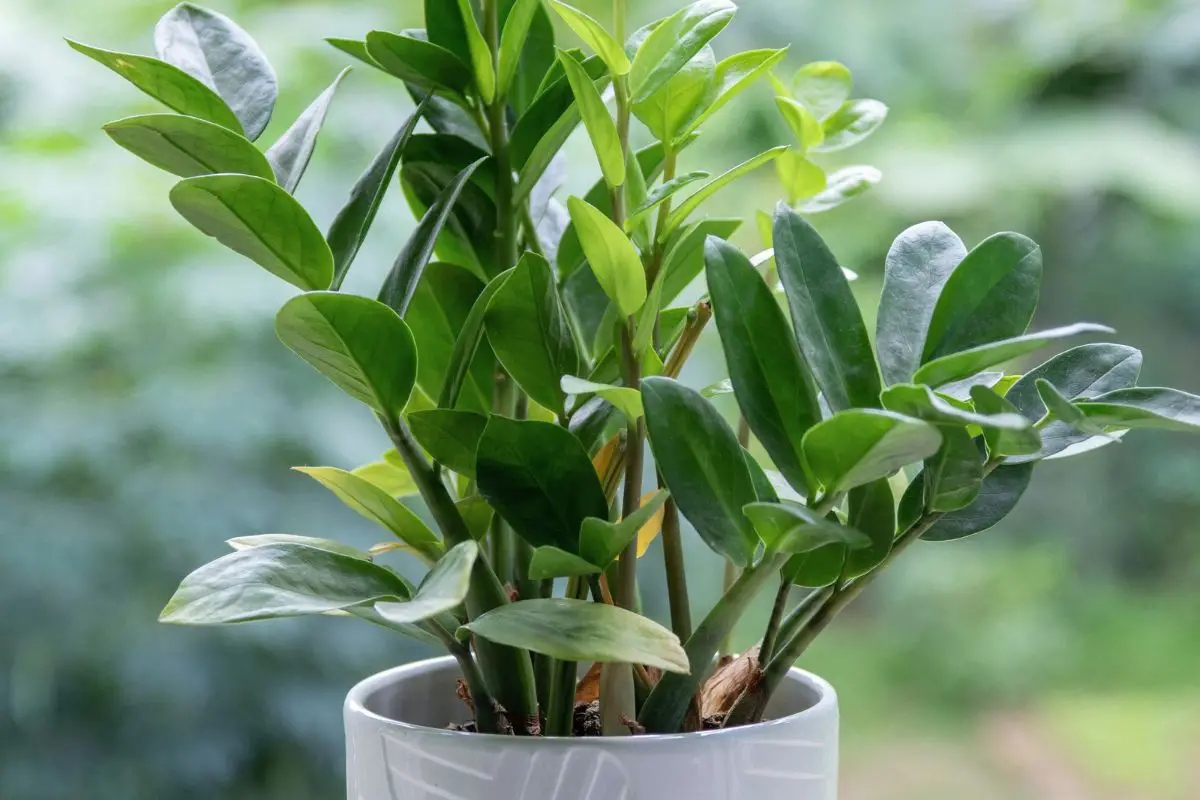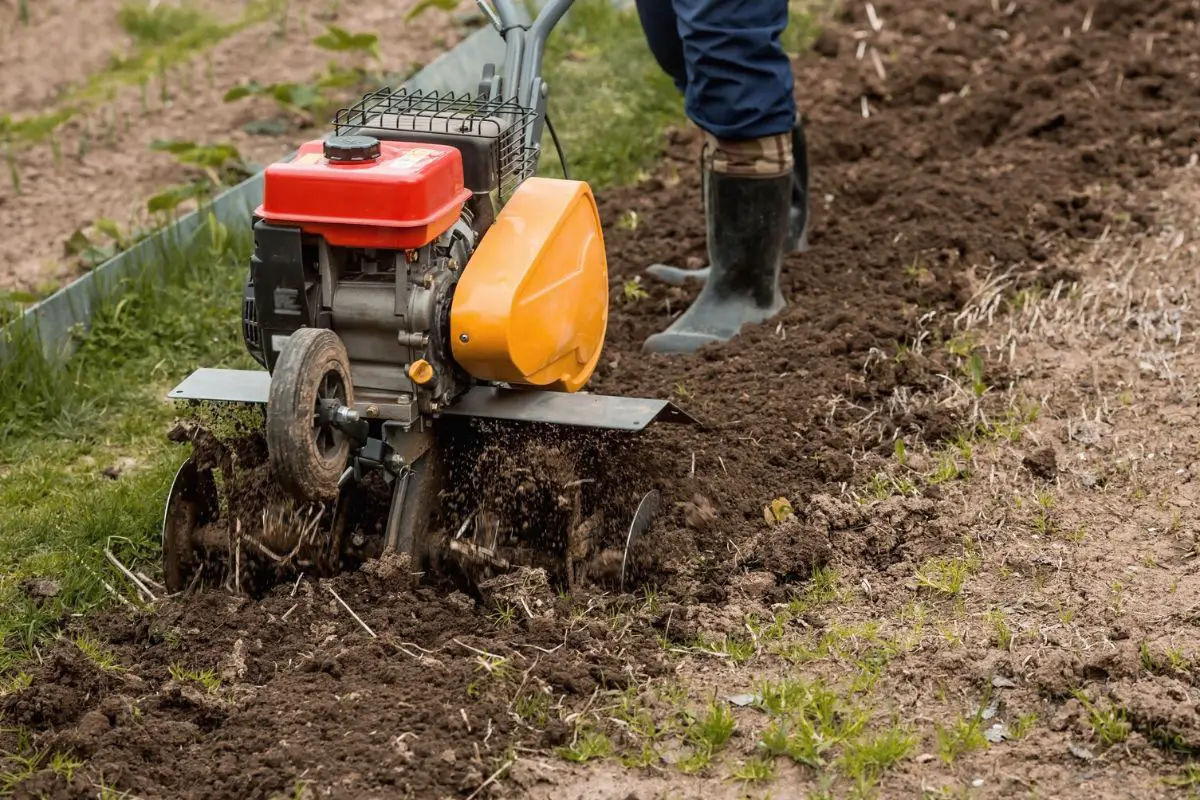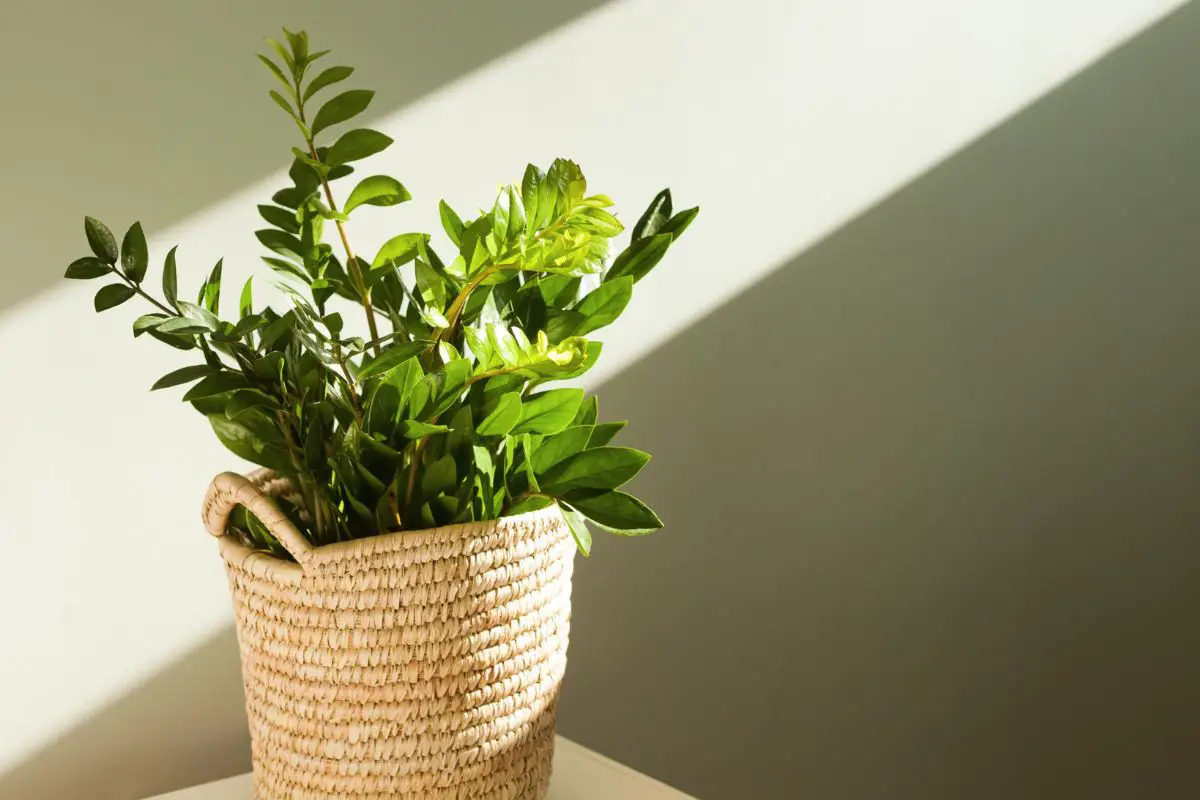African violets are some of the most popular houseplants due to their striking and unique appearance. These flowers require specific care to stay healthy and bloom, and if they aren’t taken care of properly, your African violets may develop fungal diseases, such as powdery mildew.
Here’s how to get rid of powdery mildew on African violets:
- Separate the violets from your other plants.
- Choose a fungicide to eliminate powdery mildew.
- Remove any unhealthy foliage or blooms.
- Wash the plant with soapy water.
- Use your fungicide to spray or dip the leaves.
Let’s go through these steps together and kill that fungus! I’ll guide you through the proper way to get rid of powdery mildew with one quick treatment and teach you what you can do to keep it from coming back.
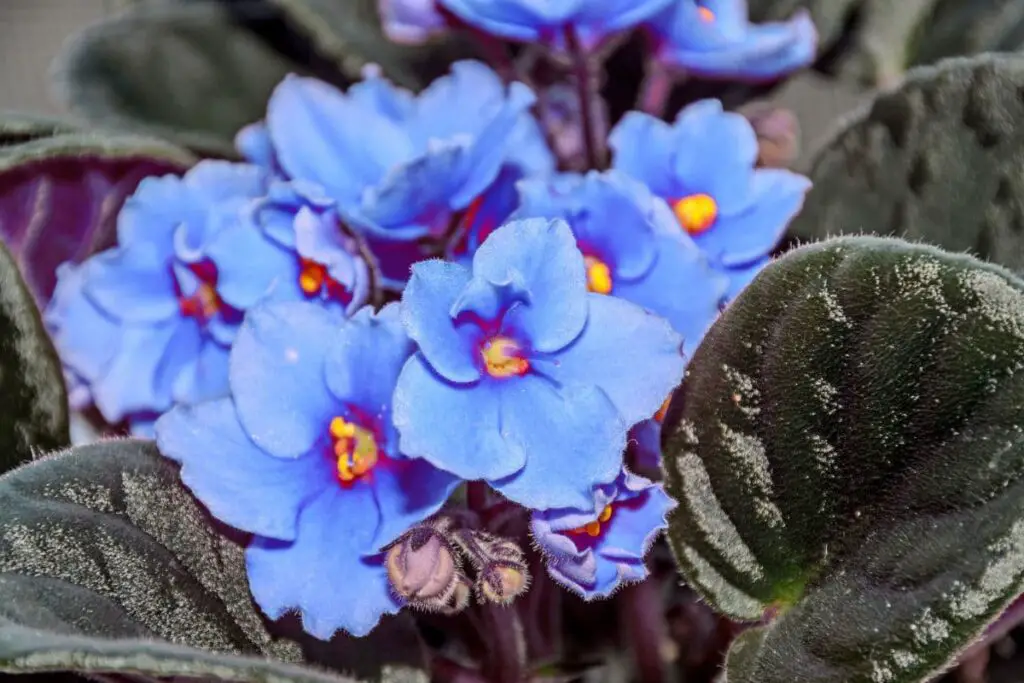
1. Separate the Violets From Your Other Plants
Powdery mildew is a fungal infection that can wipe out all of your plants if left untreated, and if you allow it to grow on your violets, it can spread without you realizing it.
In addition, powdery mildew is usually a precursor to other infections. It weakens your plants and causes leaf death, creating ideal conditions that allow other fungi to thrive in your plant’s soil.
So, the first step to eliminating the fungus is to move your infected plant—or plants—far from your healthy plants.
You can place them in your kitchen or bathroom for better access to water sources. The kitchen or the bathroom may seem like the ideal location for African violets because these rooms have higher humidity, but the high humidity and poor air circulation could also be the same reasons the powdery mildew started.
In that case, I recommend taking your infected plants to a secluded place outdoors where you can treat them, such as on a porch or patio. As long as you aren’t near any of your uninfected houseplants or garden plants, you should be fine.
2. Choose a Fungicide to Eliminate Powdery Mildew
After you have isolated your violets, you’ll need to choose a fungicide for controlling and killing off the infection. There are many methods available for killing powdery mildew, and the fungicides you can use range from store-bought chemicals to the milk in your refrigerator.
Here are some of the cheapest and most effective treatments that you can use to kill powdery mildew on contact:
Vinegar and Water
Vinegar is acidic enough that it will kill the powdery mildew on contact. You can use two tablespoons of apple cider vinegar mixed with one gallon (3.8 liters) of water as a spray or dip to kill the fungus.
Milk
While this option might sound unusual, milk has enzymes and proteins that kill powdery mildew. It is best to use as a spray on your violets.
Hydrogen Peroxide and Water
Hydrogen peroxide displaces and neutralizes fungal diseases, making it one of the best and most convenient sprays or dips for eliminating powdery mildew. To prepare a peroxide solution, add one tablespoon (15 ml) of peroxide per cup (250 ml) of water to a container and use it as a dip or spray.
Baking Soda and Castile Soap
To make a baking soda and castile soap solution safe for African violets, combine one tablespoon (15 ml) of baking soda and ½ teaspoon (2.5 ml) castile soap into one gallon (3.8 l) of water. Then, you can use this solution as a dip or spray.
Neem Oil
Neem oil is one of the most gentle yet effective fungicides. I recommend that every gardener or plant parent keep it in their arsenal to treat powdery mildew, root rot, and any other fungal infection.
I use this Bonide Ready To Use Neem Oil Spray (available from Amazon) since you don’t have to dilute it. It works wonders for all fungal issues with your plants and is incredibly easy to use.
Potassium Bicarbonate and Olive Oil
Potassium bicarbonate is another all-natural fungicide that works wonders against most types of fungal growth, including powdery mildew. You can mix three tablespoons (45 ml) of pure potassium bicarbonate, three tablespoons (45 ml) of olive oil, and one gallon (3.8 l) of water to use as a spray or dip. The oil will help the mixture stick to your violet leaves for a lasting effect.
Note: There are plenty of other fungicides that work just as well as these solutions. However, some of them can be more challenging to come by and get pricey, which is why these are my go-to solutions. Furthermore, as I have tested all of the above treatments, I can guarantee that they work rapidly without harming your plant’s foliage.
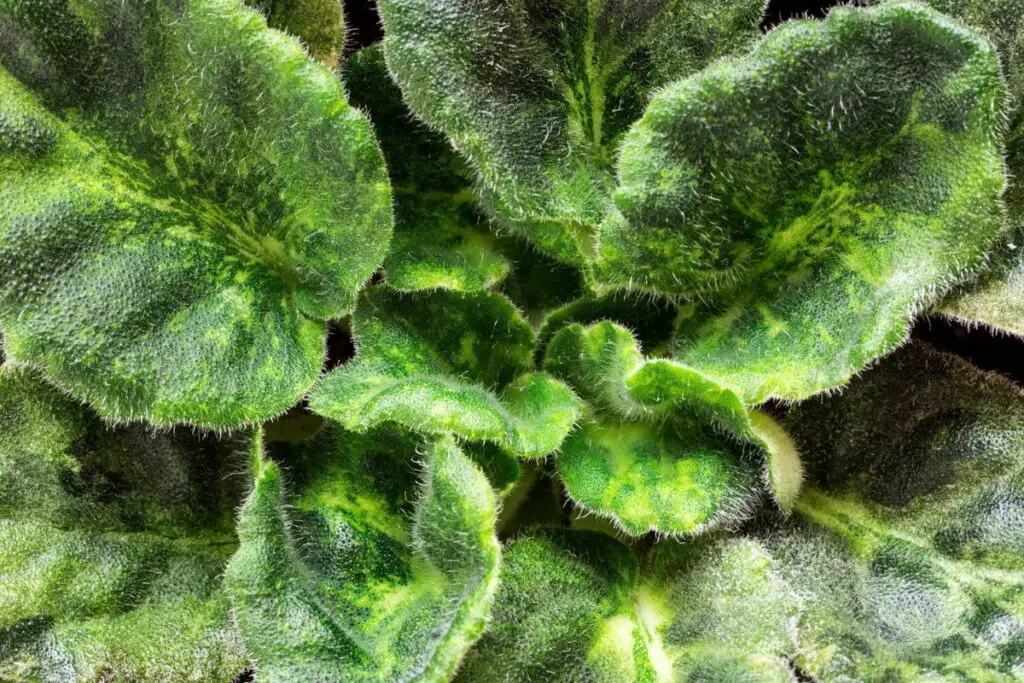
3. Remove Any Unhealthy Foliage or Blooms
After choosing your fungicide, it’s time to work on your infected African violets.
Powdery mildew is a surface fungus, meaning that it sits atop the plant’s stems, leaves, or blossoms and does not eat away at the plant’s tissues.
However, the mildew sends out “legs”—called haustoria—extending into the plant’s cells. The powdery mildew uses these thin appendages to harvest moisture and nutrients from the plant’s cells, and once the infected leaf dies, the fungus moves on to healthier tissues.
This means that removing as many infected leaves as possible will help you keep the mildew from spreading to new, healthier areas of your plants. Removing some leaves will also increase aeration, preventing the infection from returning.
When removing the leaves, you should attempt to avoid touching them, as your hands can spread the mildew’s spores. Instead, use a pair of clean, sharp scissors to make cuts and use tweezers, forceps, or small tongs to remove the pruned leaves.
When pruning, remove any brown or yellowing leaves and place them in a disposable container or bag. I usually put these trimmings in a piece of newspaper or scrap paper since these materials are biodegradable. If there are any wilted or soggy leaves, take those off as well.
If your violet has plenty of foliage and suckers, you may want to prune off all the whiter, more infected leaves. However, ensure that you leave the majority of the leaves on your plant since it will still need nutrients from its leaves to make a full recovery.
Once you have pruned off most of the infection, dispose of your cuttings in the garbage. It would be best not to put them in your garden or compost pile. Powdery mildew can lay dormant for over a year, and if you keep it too close to your other plants, it could come back next spring.
4. Wash the Plant With Water
Next, gently wash your violet’s foliage with water to remove most spores and fungus.
Leave your plant in its pot while you wash it or remove and change the soil. I usually recommend changing the soil in case any spores have made their way into your African violet’s pot, but you can use your discretion. Ultimately, you will treat the planting media with the fungicide, anyway.
Pot or not, run lukewarm filtered or distilled water over the leaves and use a soft toothbrush, paintbrush, or your finger to gently displace as much fungus as possible. Avoid using tap water because African violets are sensitive to the minerals found in it.
Remember to clean your hands and the area with an antifungal product such as isopropyl alcohol, peroxide, or vinegar after washing your violet to prevent mildew from spreading.
Once you have removed all traces of the powdery mildew, set the violet in a sunny spot to dry. Ensure your plant receives bright but indirect light to avoid additional leaf damage. The area should also have adequate ventilation because violets don’t like wet leaves.
5. Use Your Fungicide to Spray or Dip the Leaves
Depending on the fungicide you selected, you may choose to either spray your plant or dip it.
Dipping your plant in your fungicidal solution is usually the most thorough method for completely ridding your violet of the infection in one go. However, it takes more effort.
Spraying is best if you do it two or three times since a spray is less thorough than a dip.
Here is how to use each of these methods:
Spraying With a Fungicide
With the spraying method, you will place your fungicide in a spray bottle if it isn’t already in one. Then, you will liberally mist your violet, ensuring that you get the solution into each crevice of the stems, leaves, and blooms.
The leaves have a hairy texture, so it can be challenging to get through them. You may need to repeat this process once a week between two to three times to eradicate the mildew.
Dipping in a Fungicide
To dip your plant, prepare your fungicidal solution and pour it into a large container. Then, turn your potted violet upside down and stick the leaves into the solution.
Let it sit for one to two minutes, then swirl the plant around to displace the spores and mildew. Remove your plant from the solution and let it dry.
Post-Treatment Care
After treating your violet, let it dry and keep it in an area with plenty of air circulation. It’s crucial to encourage the foliage to dry as quickly as possible to protect the plant from leaf spots.
If your violets live outdoors, you may want to consider bringing them inside. Powdery mildew needs limited airflow and rapid temperature changes—hot days and cool nights—to thrive. So, turn on some fans and keep your violet in a room with a stable temperature.
Final Thoughts
Powdery mildew can quickly take root on your African violets, but luckily, you can eliminate the fungal infection quickly and relatively easily.
So, if you notice powdery mildew on your African violets, you should:
- Isolate the plant to prevent the mildew from spreading.
- Prune off dead and heavily infected foliage.
- Rinse off the infection and dip or spray your violet with an effective fungicide.
- Increase airflow and keep the temperature stable to prevent the mildew from returning.

